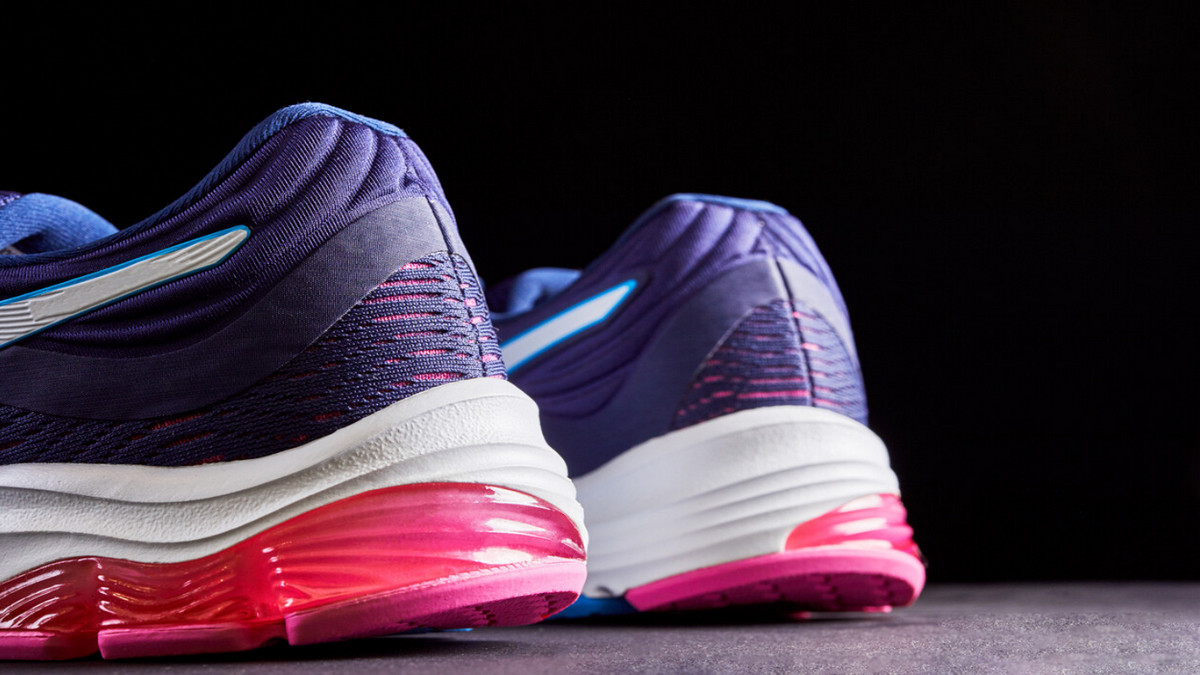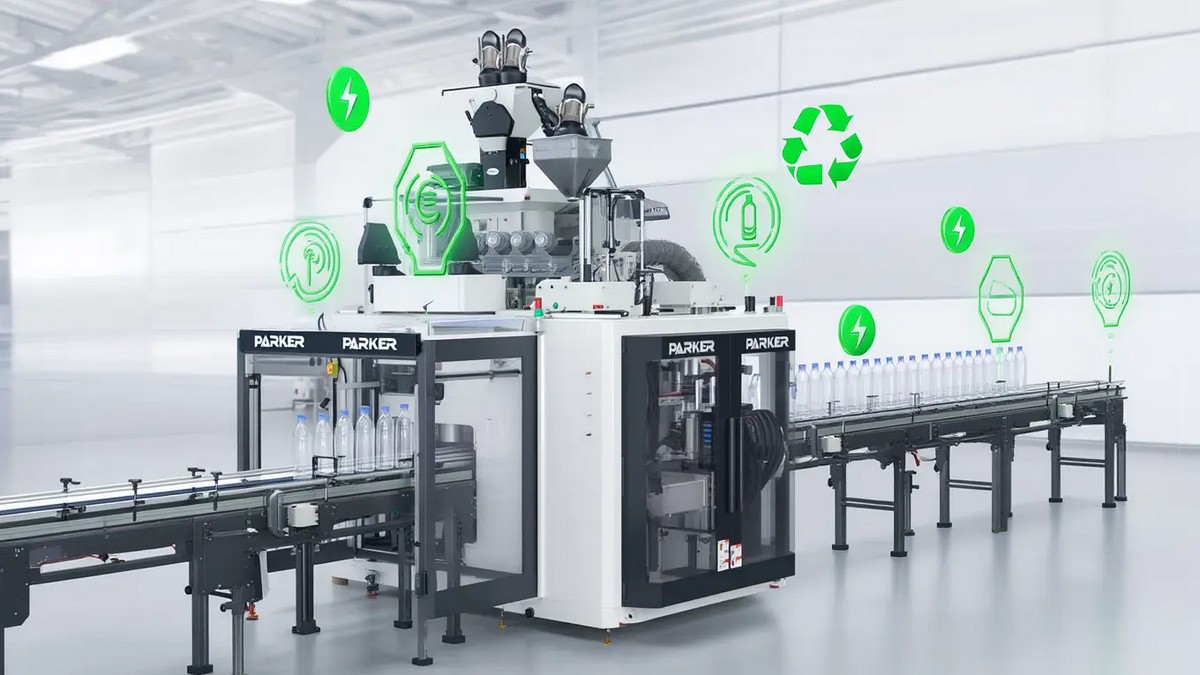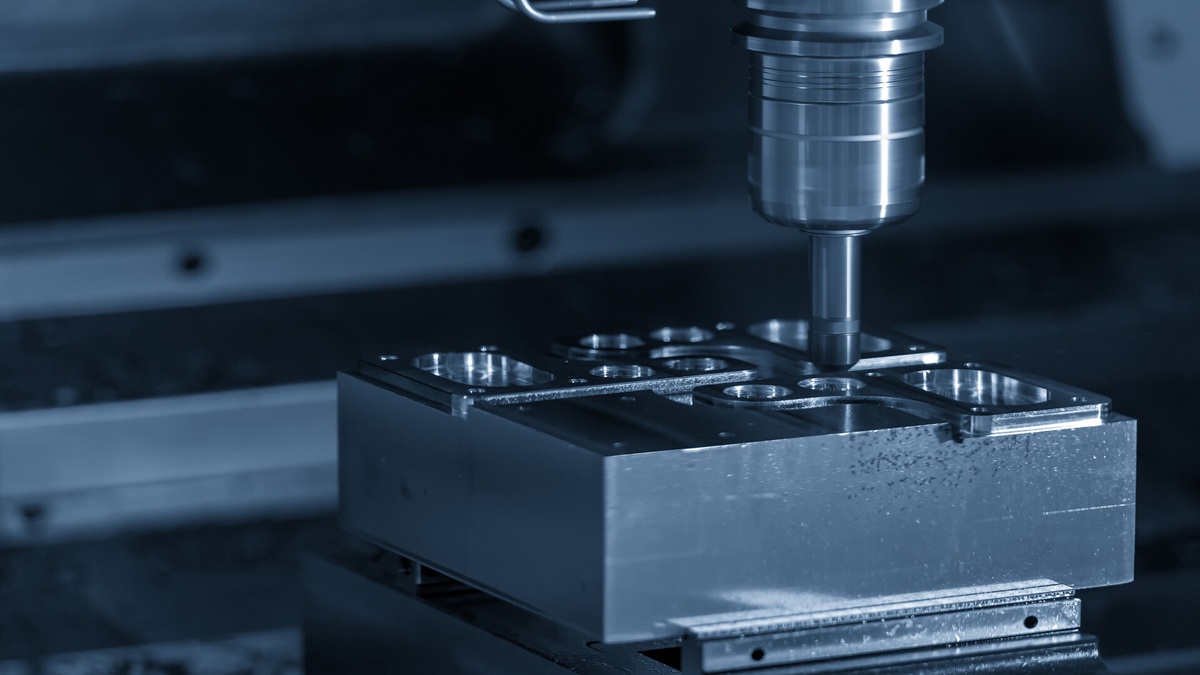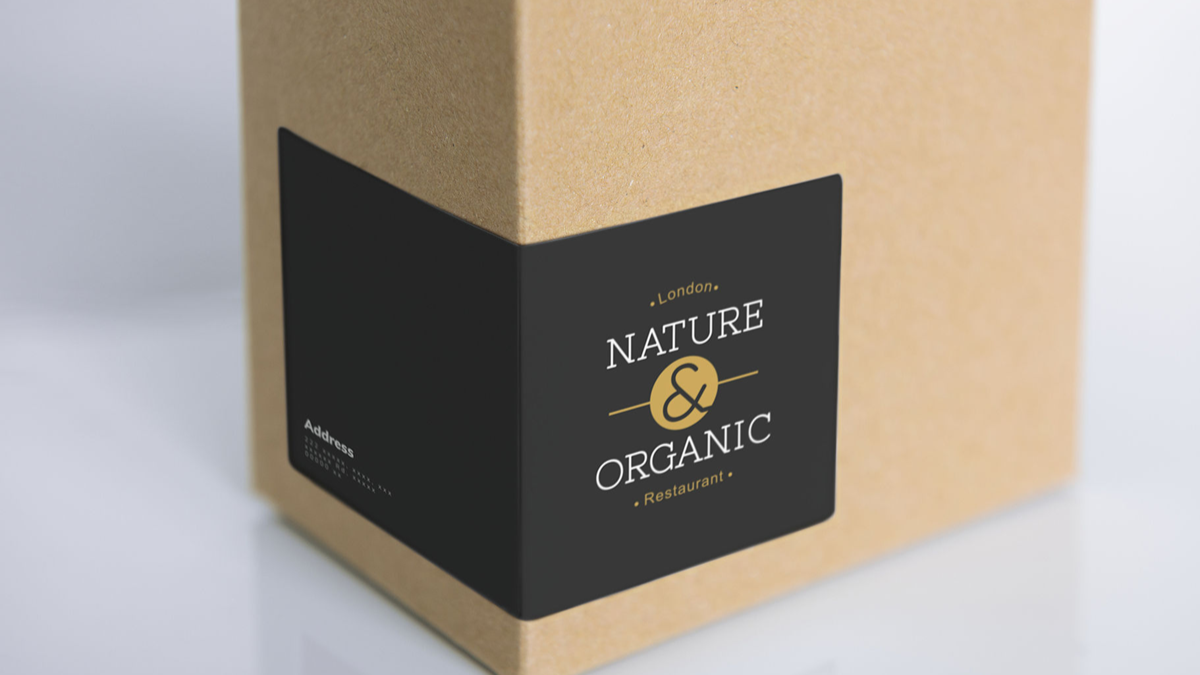The word "function" originates from Japan, so it is understandable that functional textiles began in various chemical fiber factories in Japan. In the early days, it was emphasized that new materials produce new functions, often first with relevant fiber function technologies, and then looking for new functional applications. What is the "functionality" of textiles? The most incisive "functional" design is multi-faceted. Functions are related to people themselves and their living environment, including comfortable and healthy functions, leisure and sports functions, safety and protection functions. Contains medical and physiological functions.
The word "function" originates from Japan, so it is understandable that functional textiles began in various chemical fiber factories in Japan. In the early days, it was emphasized that new materials produce new functions, often first with relevant fiber function technologies, and then looking for new functional applications.
What is the "functionality" of textiles? The so-called functional textiles in the market are complex, and they always have "multi-functions in one", including anti-striking, elastic, iron-free, anti-static, anti-bacterial and deodorizing, to moisture-wicking, anti-ultraviolet, far-infrared, anti-electromagnetic wave, anti-mosquito, vitamin moisturizing, negative ions and other functions, the product is all-encompassing.
With the trend of the times, the programming of functions should be given after the function, and the purpose should be expected first. In other words, "expect the needs of human beings first, and then give the supply of functions", only then will it meet the value of the consumer market.
The Main Trend of Functional Fibers
The most incisive "function" design is multi-faceted consideration, such as the function of understanding the needs of "people", the function of taking into account the influence of "environment", and the function of "wearing". Therefore, it is necessary to consider the heat production of the human body and the role of the environment. , and even the delivery of fabrics.
Functions are related to people themselves and their living environment, including comfortable and healthy functions, leisure and sports functions, safety and protection functions, and medical and physiological functions. It is obviously different from the "functional textiles" that take objects as the target, also known as industrial textiles. Although recent literature reports often refer to textiles in the fields of medical treatment, protection or environmental protection as functional textiles, in general, these textiles still focus on the pursuit of comfort and health care of clothing.
From the evolution of the product, it is not difficult to observe that the functional demands are mostly derived from the endowment of the fiber raw material segment, rather than the end product, and the technical engineering depth is high. However, in addition to thinking about fibers in terms of slender materials, in fact, material functions can be expressed in three directions: materials - organic materials, inorganic materials, etc., fibers - round fibers, special-shaped fibers, etc., structure - hollow, island, uniform, uneven.
From the most basic functional elements above, start comfortable, healthy or safe field applications. Taking comfort as an example, the human body has no more than two levels of comfort requirements. The first is psychological satisfaction. This function focuses on the development of technological sense or natural sense materials. The second is the creation of the physiological level, which focuses on the development of functions such as moisture absorption, water absorption, high moisture permeability and high waterproofness, moisture absorption and quick drying, water retention, waterproof, heat storage and heat preservation, antibacterial and deodorization. Of course, the psychological level involves popular, personal subjective preferences. The physical level of comfort must obtain the objective trust of the "skin".
In order to meet the fashion, the target of new synthetic fibers should also be changed, which means that new fiber materials are needed to meet the new market functions. Because consumers attach great importance to the comfort of new synthetic fibers, this new synthetic fiber is defined as the second generation of new synthetic fibers, which comes with the trend of casual fashion.
For example, the products of new synthetic fiber imitating linen are characterized by no crepe, soft hand feeling, natural fiber hand feeling and cool feeling of linen. In feel and vision, it is different from the first-generation new synthetic fiber products with a feminine feel, and the materials (fibers) and manufacturing processes used are also different. The second generation of new synthetic fibers has shown the requirements for performance, and also introduced the application of functional fiber materials (such as water-absorbing fibers or surface treatment to impart high moisture-absorbing function), and used processing technology to make the surface of the fabric have characteristics.
Trends show that in recent years, new synthetic fiber materials that do not belong to the previous classification have been increasing, such as fibers with high warmth retention, light weight, high water absorption, quick drying, UV protection, far infrared rays, and elasticity, and have joined the ranks of new fibers one after another. Recently, there are two main development directions for the functional requirements of new synthetic fibers: the pursuit of sensory perfect fiber materials, such as breathable fibers, which are closest to the properties of natural fibers and the endless demands of new fabric structures; the pursuit of functional and sensitive fibers Fiber materials, such as: stretch elasticity, light weight, quick drying and other properties.
Function with Non-Dyeing Beauty
For the color and luster of fibers and fabrics, scientists focus on the development of technologies such as hair color, dark color, luster, matting, and opacity. The key dyeing and finishing technology has been the focus of research for a long time, especially the research on the dyeability of polyester fiber, which has always been centered on the problem that disperse dyes cannot show bright colors, and must use high temperature and high pressure dyeing process. In addition, the issue of environmental protection is also a part of the dyeing and finishing technology that has to be carefully considered.
In recent years, the biggest change in the concept of fiber color is to use the structural design of fibers to give new fibers with color functions. The reason why this concept is valued is that it does not require dyeing and finishing, no pigments, and it is a low-carbon process that does not require a lot of water, heat, etc., so it is a fully environmentally friendly functional textile. The idea of this type of products comes from the color of Morpho's wings is formed by the microscopic structure of scales, so the scale-shaped spinning process and spinning nozzle design are used to develop Morphotex® fibers with special polymers and special spinning processes. .
It is worth mentioning that Morphotex® fibers have a metallic-like tone and transparency that cannot be obtained by traditional dyeing processes. Since the concept used comes from natural organisms, it can also be said to be a "biomimetic fiber", or "optical interference fiber".
The first company to commercialize optical interference fibers was Japan's Nissan Motor Company, which boldly applied it to the coloring of steel plates in cars to give the car a bright metallic luster. It is conceivable that it not only replaces the expensive traditional pigment baking paint for automobiles, but also solves the problem of environmental pollution caused by the use of pigments. Since 1993, Nissan Motor Co., Ltd. has cooperated with Tanaka kihinzoku kogyo K.K. and Teijin Corporation. After 7 years of hard work, the dream fiber successfully developed by the three companies was named Morphotex® fiber.
Morphotex® fibers are formed by alternately stacking PET and polyamide layers, each with a thickness of about 0.07 μm, and a total of 61 layers. These layers belong to the central area of the long fibers, and the outer layer is covered by polyester. As for the selection of 61 layers, it is obtained through theoretical calculations and is one of the key technologies.
The color-emitting mechanism is composed of these special periodic sheet arrangement structures. Its function is to make the reflected light interfere with each other, and the repeat size is similar to the wavelength of visible light, forming bright colors. Currently, light-interfering fibers can produce blue-violet, blue, green, and red 4 metallic-like and transparent colors, which can be changed by different viewing angles (eg, from blue-violet to blue, or from green to red).
Temperature Adjustment Function
Next, a new functional material related to temperature, phase change material (PCM), is introduced, which can change the microscopic state of matter within a specific temperature range, and the temperature also changes (changes in exothermic and endothermic).
The phase change material is compounded in the fiber or covered on the fabric, which can alleviate the impact on the human body when the ambient temperature changes rapidly. This function is "implanted" into the textile, which is used for the cyclic operation of heat absorption, storage, transmission, and release with the skin surface. This functional material requires at least two technologies. In addition to the technological development of a phase change material, it must be supplemented by a coating technology that embeds the phase change material in micro-capsules. poly.
Phase change materials can be developed with a variety of memory temperatures (such as 24, 28, 31, and 37 degrees Celsius), and special PU series can be developed as shell materials for capsules, which can also produce microencapsulated phase change environmentally friendly materials. The design of the phase change material capsule is very important for the environment, for example, the design has an enthalpy value as high as 200 J/g (enough to heat the same weight of water by nearly 50 degrees).
The phase change material is applied to clothing. According to the microclimate temperature and humidity evaluation in the artificial weather room, it is known that the products containing the phase change material can greatly absorb the heat generated by the human body, reduce the microclimate humidity in the clothing by 10%, and reduce the skin temperature by 2 degrees and 2 degrees Celsius. Reduces sweating by 25%. This means that phase change materials applied to textiles can play a role in temperature regulation and greatly increase the comfort of the wearer.
The study shows that, assuming the body surface temperature (31 degrees) of a person and wearing a three-layer phase change material textile, from indoors (18 degrees Celsius) to the cold outdoors (0 degrees), the temperature will be instantly warm when going outdoors. However, the body surface temperature of the human body was measured to remain at 30 degrees. In other words, the phase change material acts as a "buffer" in an instant, giving people enough time to adjust and adapt to the "shock" of the environment.
Sports Function Beyond the Limits
Low-flow-resistance fabrics are often used in applications that push the limits of competition, such as the shark suit for the 2000 Australian Summer Olympics.
When swimming swimmers advance in the water, the resistance will increase due to wave resistance, eddy resistance, frictional resistance, droplets, etc., and the speed will be slowed down. If the resistance factors can be simply reduced, the speed can be increased. Wearing a swimsuit can "elastically shape" and reduce resistance. The material and combination of swimsuits also relate to the four major resistances. For example, the tiny raised edges formed by the seams of the pattern stitches in various parts of the swimsuit will cause vortices when traveling in the water. The resistance value of the human body is increased by 2 to 5%.
The principle of the shark suit is to use the control of the flow field to effectively reduce the resistance. There are many methods for controlling the flow field, one of which is the surface structure drag reduction method. The creation of tiny streamlined shallow grooves in the appropriate locations changes the behavior of the fluid close to the surface of the object, as well as the original structure and velocity distribution in its boundary layer, thereby reducing frictional resistance.
The methods of reducing frictional resistance include: increasing the tensile strength of the swimsuit, which can optimize the shape of the swimmer; the swimsuit is moderately stretchable and does not hinder muscle movement; preventing water from entering from the surface of the fiber; enabling the water in the swimsuit to be discharged smoothly; Swimsuit material is light and close to the skin; the surface is smoothed to reduce frictional resistance.
For swimmers, if the resistance of the swimsuit can be reduced, it will inevitably form a key factor in winning or losing. From the perspective of fluid mechanics, the structure of the human body has a high flow resistance, especially the resistance of the head, jaw, buttocks, etc. is particularly large. The closer it is to "streamlined" in water, the faster it can be increased.
In order to meet swimmers' pursuit of speed, foreign swimsuit manufacturers are also committed to developing a new generation of swimsuits. Some manufacturers have launched swimsuits made of ultra-light, low-resistance, waterproof, and quick-drying clothing materials, which has driven the global use of ultrasonic welding. The construction method (wireless bonding method) produces a low-resistance structure. In addition, the special striped streamline design used on the swimsuit can shape the swimmer's body into a streamlined shape, reducing drag while swimming.
The fluid mechanics and thermodynamics major of NASA Langley Research Center is an important basis for analysis and design in the development of this swimsuit. Rigorous and accurate surface friction wind tunnel test shows that a professional sports function comes from the breadth and depth of engineering technology. Minimize water and skin resistance, plus the full swimsuit is joined in a seamless fit with no seams, so it fits perfectly on the body to reduce static water resistance. The industry keeps researching and developing, and the quality is improving day by day. Swimmers put on the latest swimsuits, only need a small amount of energy to increase the oxygen absorption by 5%, and instantly increase the swimming speed.
High-performance textiles are the mainstream indicators of the global textile industry, mainly due to the "large scale and high threshold" of the upstream industry, the "big changes and many surrounding areas" of the midstream industry, and the "super-function and heavy brand" of the downstream industry. value chain of the system. Due to the strong driving ability of related industries, it often brings infinite surprises to consumers, such as: non-colored beauty functions, cross-domain interactive functions, and record-breaking sports functions.









.jpg)
.jpg)
.jpg)


.jpg)